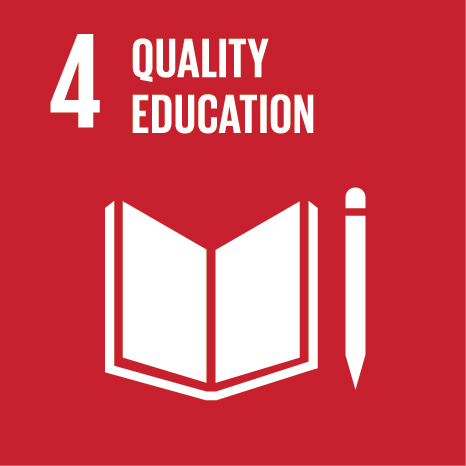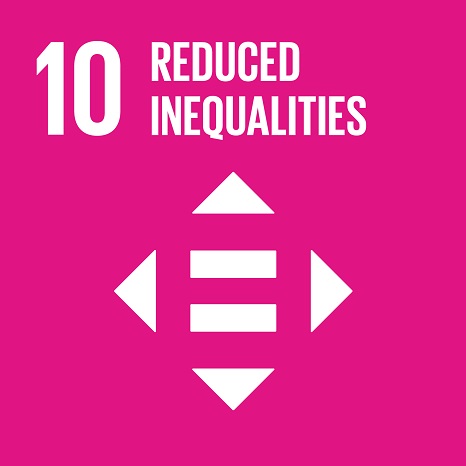Heights in enslaved and indentured populations from west-central Africa, 1839-1896
Event Title
Fifth Conference of the European Society of Historical Demography
Year (definitive publication)
2023
Language
English
Country
Netherlands
More Information
Web of Science®
This publication is not indexed in Web of Science®
Scopus
This publication is not indexed in Scopus
Google Scholar
This publication is not indexed in Overton
Abstract
This paper analyzes heights, as a measure of human welfare, in a nineteenth-century west-central African population using anthropometric data of individuals enslaved or indentured in the Novo Redondo region of Angola. From the 1830s, Novo Redondo witnessed increasing levels of enslavement, which on the one hand supplied the export slave and indentured labour trade and, on the other, supported the expansion of plantation agriculture in the region itself. Registers of Liberated Africans shipped from Novo Redondo and Quicombo between 1839 and 1844 and of Africans contracted in Novo Redondo for labour service in São Tomé e Príncipe between 1876 and 1896 provide the name, origin, sex, age, and height of thousands of Africans in this region. By analyzing heights across these two periods, relating heights to origin, sex, and age, we first aim to establish trends in nutrition and health in Novo Redondo’s enslaved population. In addition, we aim to offer a preliminary explanation of these trends by placing them in historical and comparative context.
Acknowledgements
--
Keywords
slavery,angola,heights,colonialism,well being
Fields of Science and Technology Classification
- Biological Sciences - Natural Sciences
- History and Archeology - Humanities
Contributions to the Sustainable Development Goals of the United Nations
With the objective to increase the research activity directed towards the achievement of the United Nations 2030 Sustainable Development Goals, the possibility of associating scientific publications with the Sustainable Development Goals is now available in Ciência_Iscte. These are the Sustainable Development Goals identified by the author(s) for this publication. For more detailed information on the Sustainable Development Goals, click here.

 Português
Português




